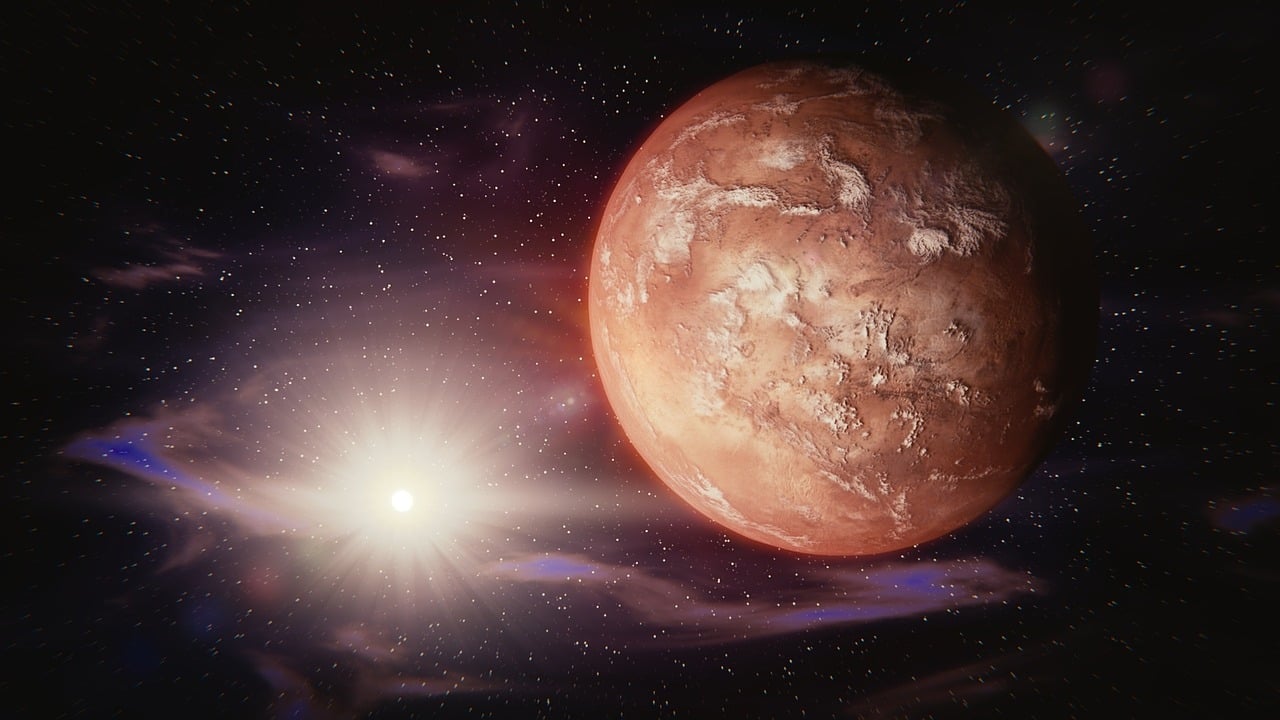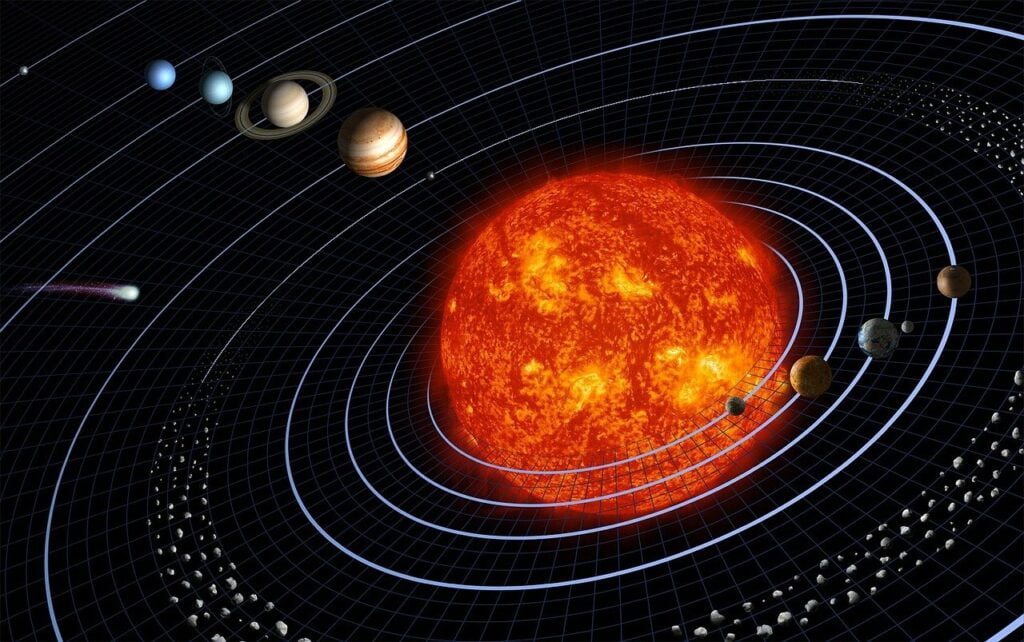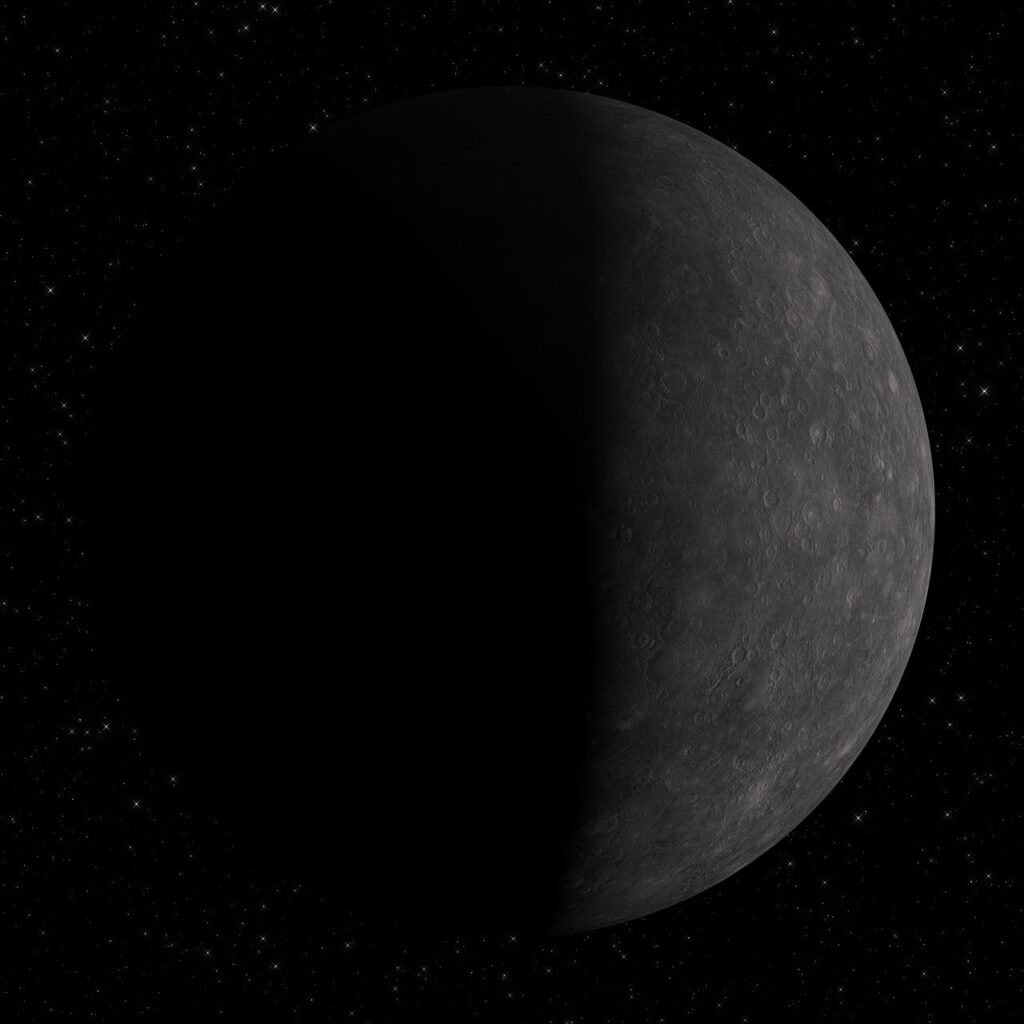
Mars is a captivating planet that has captivated scientists and the public for centuries. Its reddish hue, thin atmosphere, and intriguing geological features have sparked a desire to unravel its mysteries. The top 10 questions about Mars delve into the planet’s potential for habitability, its past and present water presence, the possibility of life, the prospects of human colonization, and the latest advancements in Mars exploration. Understanding these questions provides a glimpse into the ongoing quest to explore and understand this celestial neighbor.
Here are the top 10 questions about Mars asked on Google and YouTube:
1. Is Mars habitable?
Mars is the fourth planet from the sun and is the second smallest planet in our solar system. It is a cold, dry planet with a thin atmosphere that is not dense enough to support liquid water on the surface. However, there is evidence that Mars may have been habitable in the past, and there is ongoing research into the possibility of life on Mars today.
2. Did Mars have water in the past?
There is strong evidence that Mars had liquid water on its surface in the past. This evidence includes the presence of ancient riverbeds, lakes, and even oceans. The discovery of hydrated minerals on Mars also suggests that there may still be ice water buried beneath the surface.
3. Is there life on Mars today?
The question of whether or not there is life on Mars today is one of the most intriguing mysteries in science. There is no definitive answer, but there is some evidence that suggests that life may exist on Mars. This evidence includes the discovery of organic molecules, methane gas, and rock formations that are similar to those found in Earth’s hydrothermal vents, which are thought to be habitable environments.
4. What are the chances of humans colonizing Mars?
The possibility of humans colonizing Mars is a topic of much debate. There are many challenges that would need to be overcome, such as the harsh Martian environment, the long travel time between Earth and Mars, and the cost of such an endeavor. However, there are also many potential benefits to colonizing Mars, such as the opportunity to expand our knowledge of the universe and to create a new home for humanity.
5. What are the latest Mars missions?
There are many ongoing Mars missions, both robotic and human. Some of the most notable missions include NASA’s Curiosity rover, which is exploring Gale Crater, and the European Space Agency’s ExoMars rover, which is searching for signs of past or present life on Mars.
6. What is the atmosphere like on Mars?
Mars has a thin atmosphere that is made up mostly of carbon dioxide. The atmospheric pressure on Mars is only about 1% of the atmospheric pressure on Earth, and the temperature on Mars can range from -143 degrees Celsius (-225 degrees Fahrenheit) to 20 degrees Celsius (68 degrees Fahrenheit).
7. What are the seasons like on Mars?
Mars has a similar axial tilt to Earth, so it also experiences seasons. However, the seasons on Mars are much longer than the seasons on Earth, because Mars takes about 687 days to orbit the sun.
8. What are the biggest mountains on Mars?
Mars has two of the tallest mountains in the solar system: Olympus Mons and Ascraeus Mons. Olympus Mons is the tallest volcano in the solar system, and it is three times taller than Mount Everest. Ascraeus Mons is the second tallest volcano in the solar system, and it is about half the size of Olympus Mons.
9. What are the biggest canyons on Mars?
Mars has the largest canyon system in the solar system: Valles Marineris. Valles Marineris is about 2,400 kilometers (1,500 miles) long and 600 kilometers (370 miles) wide. It is thought to have been formed by a massive flood of liquid water that occurred billions of years ago.
10. What are the future plans for Mars exploration?
There are many exciting plans for Mars exploration in the future. Some of the most notable plans include NASA’s plan to send humans to Mars in the 2030s, and the European Space Agency’s plan to send a sample of Martian rock and soil back to Earth for analysis.
You may also like:
Mercury: The Closest Planet to the Sun
Venus: The Earth’s Twin or a Very Different Planet?
Mars: Comprehensive Exploration, unveiling the Mysteries
Jupiter: A Cosmic Giant – Symphony of Storms
Saturn: A Gaseous Giant with Enthralling Rings and Diverse Moons


